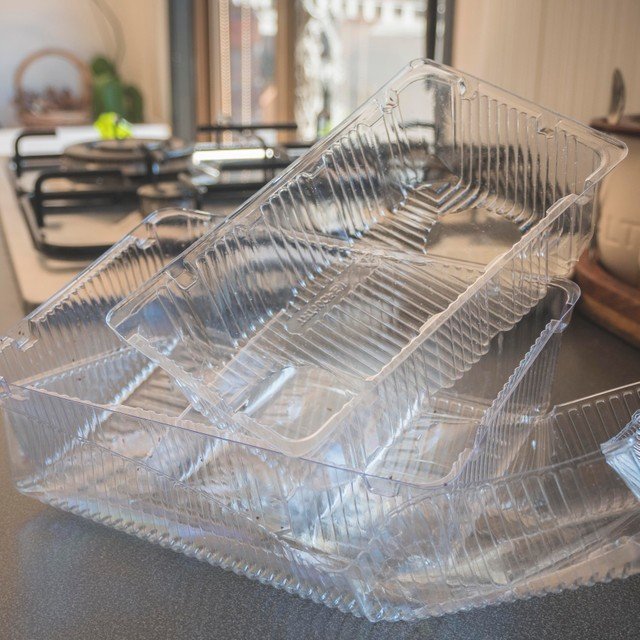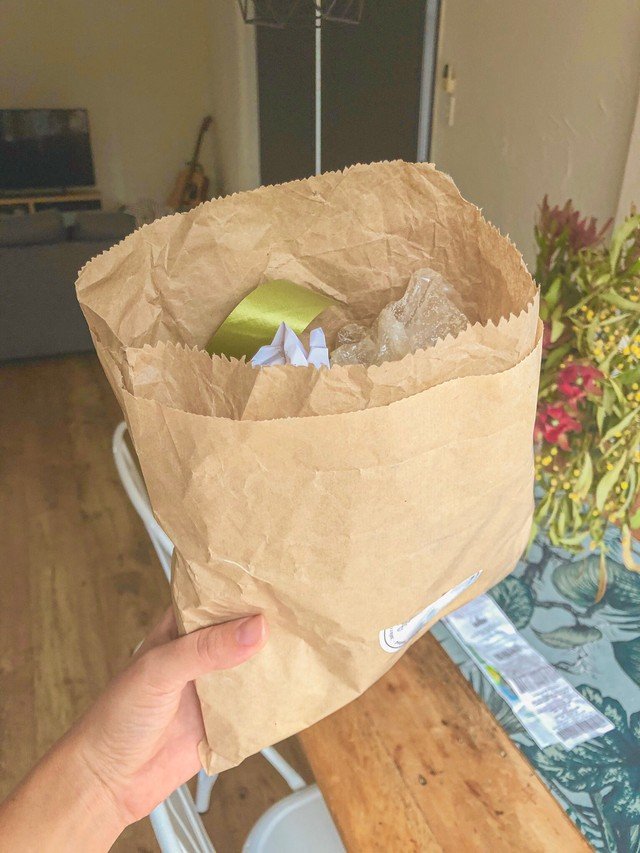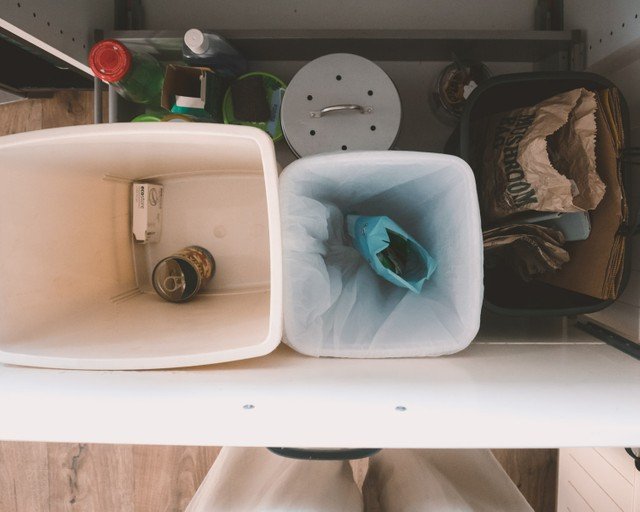Recycling…it’s a great to start but a bad place to stop. You might have heard that before. However, most of us still struggle to know WHAT we can recycle! If you are that kind of person who’s always asking yourself: ‘So, can I recycle this?’ this post is for you. I’m breaking down on a few of the most common recycling questions I get and sharing some tips and hacks to make you a better ‘recycler’ rather than a wish-cycler.
First off, we need to be aware that every country has its own recycling system. Moreover, every state and council will have different guidelines as to what can be recycled so this post will definitely not cover it all, but I’ll try my best to provide you with a general guideline to help you recycle best. Also, know that you can normally find specific information on your council’s website. If you are on the Gold Coast, here’s where you can find exactly what can and cannot be recycled on your curbside collection. Usually you can find a list of
So, Can I Recycle This?
If you found your local council website (try typing ‘recycling’ followed by the name of your city) you’ll have clearer guidelines on what can or cannot be recycled and you should follow that. If not, here are a few questions to ask yourself before putting that in your recycling bin.

What is this made of?
If your answer is: glass, paper, cardboard, firm plastic or metal it most likely can go into the bin. However, a few things need to be considered first:
- Glass: only recycle glass from packaging, like drinks, jams, sauces, cosmetics. Glass containers for storage, ceramics or even drinking glasses and Pyrex can’t be recycled because their composition is different that those of packaging glass and cannot be recycled. Light bulbs, window glass, heat-proof glass and cookware also can’t be recycled.
- Paper: consider recyclable paper everything you get in the mail: newspaper, magazines, office paper, envelopes (including the window), notebooks and wrapping paper (non-metallic ones) can be recycled. Consider packing loose or small pieces in a big envelope or paper bag so the small bits are not lost in the process. Any paper like tissues, paper towel, toilet paper and nappies cannot be recycled. Their fibres are too small to make it through the process and sending bodily odours through the recycling system is a little unhygienic too (yikes). Thermal paper (receipts), photographs and other waxy papers also can’t be recycled.
- Cardboard: flat packs and cardboard is one of the easiest materials to recycle. Make sure to remove excess sticky tape from it to help the processing. However, be mindful that some councils don’t accept soiled or oily cardboard (oh hey, pizza box). Also, any cardboard that contains a waxing or plastic surface can’t be recycled as those materials can’t be separated.
- Plastics: firm plastics tend to be recycled. Think of drink and cordial bottles, yogurt and margarine containers, juice and milk bottles, takeaway containers, shampoo and soap bathroom bottles, cleaning product containers can be recycled with their lids off. If they are soft or have too many other components (like toys or toothbrushes and razors) they cannot be recycled. See below for other types of plastic.
- Metal: again, think in terms of what you get in packaging: aerosols (without the nozzle), aluminium wrap (made into a golf-sized ball), food/vegetable/pet food cans and even paint tins (if empty and dry) can be recycled. Anything else, see below for more info.
How big is it?
Size matters. At least for recycling. As a general idea, anything smaller than a credit card is most likely to get lost in the process and end up in landfill. If you can, combine smaller items of the same material into a bigger container, for example, beer tops can be collected and put inside a vegetable can and once it’s full, just squeeze the top so they don’t get lost in the processing plant.
Like I mentioned above, if you have smaller bits, like paper shreds or aluminium foil, combine them with others to give it more volume so there’s a bigger change of recycling.
Plastic bottle caps from milk, water, juice and soda containers and even bread tags can be recycled through a different initiatives like the Envision Hands, Lids4Kids, Ocean Crusaders, Aussie Breadtags for Wheelchairs and others.
TOP TIP: If you can’t find a collection point near you, squeeze ALL the air out of the bottle and put the cap back on and back on the recycling bin so the bottles can processed without damaging the machines.
How to recycle this?
Now that we covered our basics, here’s some other items that you might be considering if you can or cannot recycle. This guide is Australian based, please look for alternatives in your local area. Let’s get down to it.

- Soft plastics: recycle all soft plastics (think plastic bags, bread bags, chips and crackers, even metallic ones that are soft and scrunch-able). Keep a bag aside for collection of those and bring back to your local supermarket (in Australia only). Look for the RedCycle bin outside checkout points at your local Woolies and Coles.
- Batteries: those should NEVER go into your landfill OR recycling bin. They leach toxic chemicals and are highly contaminant. Take it to Officeworks and Aldi stores as they offer a collection point for those.
- Cartridges, pens and e-waste: most of your office waste can be recycled at Officeworks. Most of the branches offer collection points so you can drop off pens, printer cartridges and old e-waste like computers, mouse, keyboards, chargers, etc…
- Paint and other toxic waste: get in touch with your local council for a collection point for paint and other toxic materials.
- Clothes: clothes are something we tend donate. However, not all of it can be done: soiled or ripped clothing can’t be donated and should be discarded. One alternative is to send it Manrags who has created a great initiative to recycle clothes to make insulation, yarn or new items.
- Drink bottles: in most of Australia, the Containers 4 Change program (or Return & Earn for NSW) offers a 10c refund for cans and beer/drink bottles. Collect them and find your nearest collection point to drop it off and get your refund. This is a great way to ensure those materials can be recycled more efficiently and you can get paid to do it too.
- Cosmetics containers: most beauty containers from moisturisers, serums, cleansers can’t be recycled at your council bin. So take your empty containers to a Biome Store or send it by mail OR send it through to Flora & Fauna and they’ll also recycle those. Toothpaste containers also accepted so long as they are empty.
- Drugs and expired medication: we tend to have a cabinet full of medicine and if we don’t use it all in time, it’s important to discard those items safely (not by sending them down the toilet). Take it back to your local chemist (they all should accept medication) so they can be disposed of safely and without harming the community or the environment. I repeat: don’t throw medicine down the sink/toilet.
What about this?
There are many more items that we don’t tend to recycle often but that certainly can be recycled. When you come across those items, first off go through those top 3 questions and if you can’t find your answer, just Google ‘how to recycle_____ + your location’ and you should be able to find an alternative.

Also, visit TerraCycle for collection points for several items like contact lenses, disposable razors, oral care waste, coffee capsules, and basically anything else you can think of.
Still confused?! I know, it’s a lot to take in, but don’t worry, you are doing your best. In fact so many people struggle to recycle that this year, Planet Ark launched a new labelling system, the Australasian Recycling Label, to help us recycle better. You can learn more about it here and find incredible resources too.
Phew! That was a lot, but I hope you can keep this article handy to help you find the information you need next time you have some questions about recycling. Have you got any other recycling tips? Share them in the comments so others can learn too. And let’s get recycling!
Larissa x
Follow Eat Yourself Green on Instagram, Facebook & Pinterest.






2 Comments
Meredith
05/09/2020 at 9:10 amLove this article! I will be referring back to it for sure
Larissa Tedesco
07/09/2020 at 4:51 pmThat’s great to hear! It’s definitely packed with good info 🙂